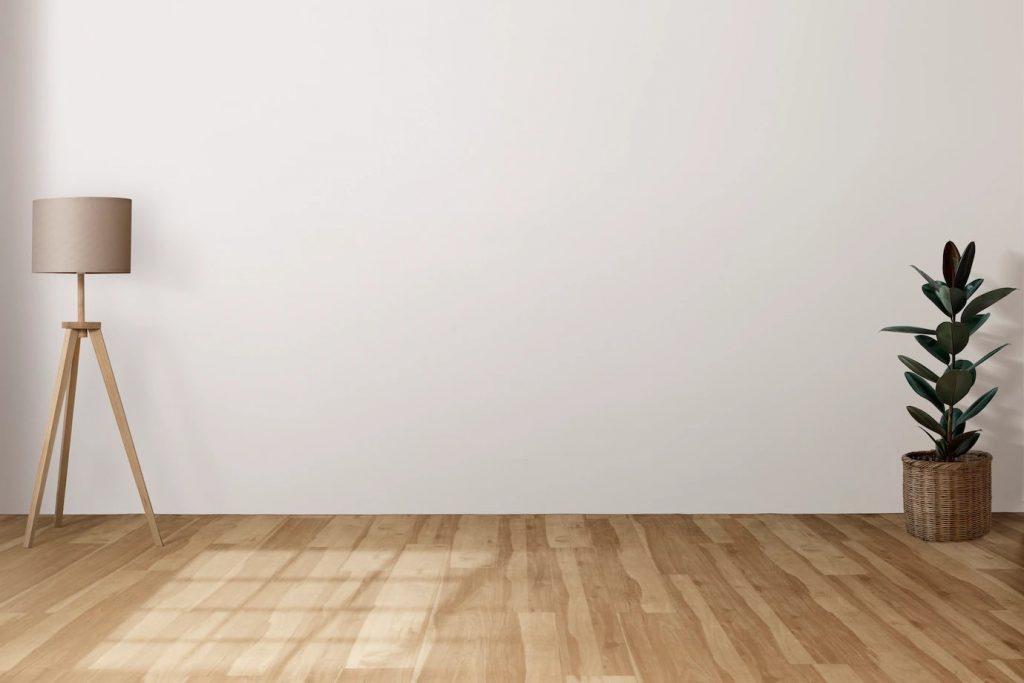
If you’re considering a flooring renovation, you’re likely excited about the prospect of transforming your space. However, before you start picking out your favorite flooring materials, it’s crucial to set a budget to ensure that your project remains on track financially. Budgeting for a flooring project requires careful consideration of various factors, from the type of flooring you want to the installation costs. In this guide, we’ll walk you through essential tips to help you create a realistic budget for your flooring project.
1. Assess Your Needs
Before diving into budgeting, take the time to assess your specific needs. The size and function of the room you’re renovating play a significant role in your flooring choices. For instance, high-traffic areas like living rooms or kitchens might require more durable flooring options than a bedroom. Additionally, the condition of your existing subfloor can affect costs, as repairs or replacements may be necessary.
2. Research Flooring Options
One of the most exciting aspects of a flooring project is choosing the right material. There’s a wide range of options, including hardwood, laminate, vinyl, and carpet, each with its unique benefits and costs. Understanding the pros and cons of these materials will help you make an informed decision while staying within your budget.
3. Set a Realistic Budget
Your budget should align with your financial situation. Consider your income, savings, and any other ongoing financial commitments. Create a budget that realistically reflects what you can afford to spend on your flooring project. Be sure to include a contingency fund for unexpected expenses.
4. Obtain Multiple Quotes
Don’t settle for the first flooring contractor you come across. Instead, obtain multiple quotes from different professionals. While price is important, it’s also crucial to evaluate the services offered and the contractor’s reputation. This step ensures that you get the best value for your money.
5. Factor in Installation Costs
Installation costs can be a significant part of your budget. The complexity of your project, including subfloor conditions and room size, can impact these costs. Don’t forget to factor in potential hidden expenses, such as the removal of old flooring or subfloor repairs, which can catch you off guard if not properly considered.
6. Consider Long-Term Maintenance
Beyond the initial costs, think about long-term maintenance. Different flooring materials have varying maintenance requirements, from simple cleaning to occasional refinishing. Select a flooring option that aligns with your willingness and ability to maintain it over time.
7. Seeking Professional Advice
Consulting with a flooring professional can be invaluable. They can provide expert guidance on budget planning, material selection, and project management. Find a reliable consultant who understands your vision and financial constraints.
Finalizing Your Budget
Budgeting for your flooring project is a critical step in achieving the space of your dreams. Take your time, research thoroughly, and plan wisely to ensure a successful renovation within your budget. Remember to remain flexible while staying within your financial limits, and don’t hesitate to seek assistance if you’re uncertain about any aspect of your budget.